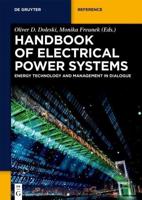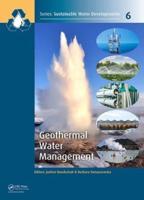Publisher's Synopsis
DOE prepared this EA to evaluate the potential environmental impacts of providing two types of financial assistance to Dow Kokam MI, LLC to construct and operate the Midland Battery Park for manufacturing of advanced lithium polymer batteries for hybrid and electric vehicles: (1) a grant under Funding Opportunity Announcement DE-FOA 0000026, Recovery Act - Electric Drive Vehicle Battery and Component Manufacturing Initiative and (2) a loan pursuant to Section 136 of the Energy Independence and Security Act of 2007 as an automotive component supplier promoting improved fuel economy in light-duty vehicles. As the name of the grant Funding Opportunity Announcement indicates, the grant would be made from funds appropriated by the American Recovery and Reinvestment Act of 2009 (Recovery Act; Public Law 111-5, 123 Stat. 115). This EA analyzes the potential impacts of the proposed construction and operation of the battery manufacturing facility by Dow Kokam MI, LLC, the two proposed federal actions (a grant and a loan), and the alternatives to the proposed project. The Midland Battery Park would be constructed on a 50-acre vacant site in Midland, Michigan, that is zoned industrial and surrounded by other industrial and commercial facilities. The new battery manufacturing facility would be about 770,000 square feet in size and would require a new 1- to 2-mile-long electric transmission line. DOE evaluated 15 resource areas in this EA and identified no significant adverse impacts for DOE's proposed actions, which would facilitate construction of the Midland Battery Park. With the following exceptions, impacts to the resource areas and issues examined would not occur or would be negligible. The proposed project site would be located in an area where soils were previously contaminated with dioxin and near areas with shallow groundwater contaminated with vinyl chloride and Freon 11. Concentrations of dioxin at the site are within acceptable limits for industrial uses and due care requirements would be implemented during construction to minimize risks of exposure. Discharge permit requirements for the safe handling and treatment of contaminated groundwater would be implemented during temporary dewatering to excavate and install detention basins and underground utilities. Over nine acres of isolated non-jurisdictional wetlands would be filled to construct the facility. The state of Michigan determined that these wetlands are not regulated under Federal or State laws. Detention basins would be created to temporarily store on-site storm water runoff and replace the main function of these low value wetlands. DOE determined that grading and filling these wetlands would not cause significant adverse impacts. A new transmission line could be a risk to migratory birds and could impact nearby wetlands and sensitive species. However, the transmission line should be designed to avoid these wetlands and protected species and common design standards should be implemented to minimize risks to migratory birds. Beneficial economic impacts would occur from increased employment opportunities and spending in the local economy. The use of batteries produced at this facility would increase the use of electric and hybrid vehicles, which would help reduce emissions of greenhouse gases from vehicles and reduce the nation's dependence on foreign oil.









